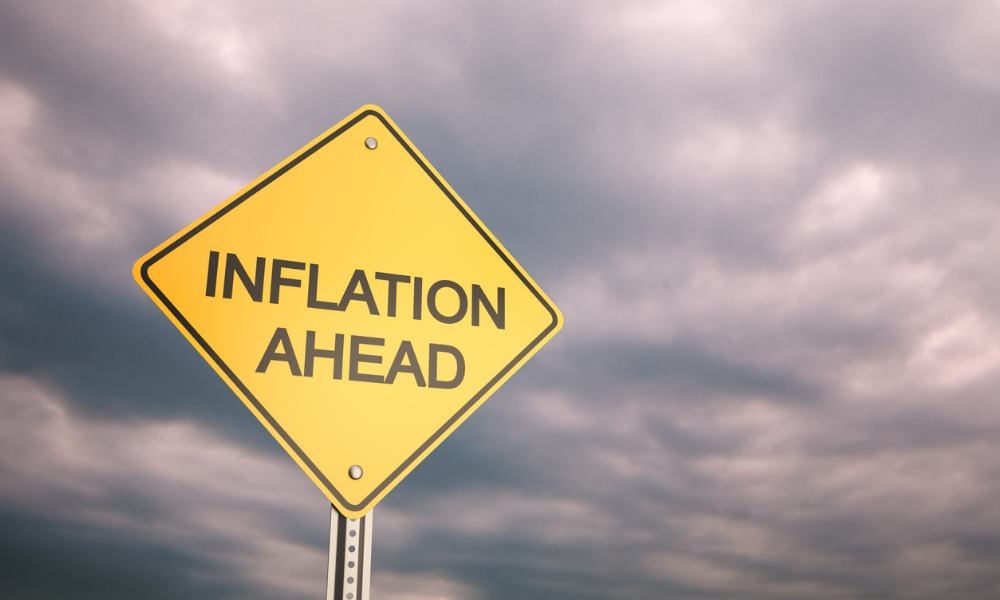Central bank slows interest rate increases as inflation eases

The Federal Reserve has slowed its monetary policy tightening as inflation cools. Officials raised the Fed’s benchmark interest rate by 25 basis points during its January meeting.
The quarter-percentage-point hike is the smallest rate increase since March 2022. The Central Bank boosted rates by 0.50% in December and by 0.75% in November to combat inflation, which reached a 40-year high last year. The Fed’s latest move put its short-term rate in a range of 4.5% to 4.75% – the highest in about 15 years.
Path to reach inflation goal of 2%
In a statement, Fed chair Jerome Powell acknowledged that inflation has eased, with real GDP rising at a below-trend of 1%.
“Recent indicators point to modest growth of spending and production this quarter,” Powell said in Wednesday’s Federal Open Market Committee’s (FOMC) press conference. “Consumer spending appears to be expanding at a subdued pace, in part reflecting tighter financial conditions over the past year. Activity in the housing sector continues to weaken, largely reflecting higher mortgage rates.”
FOMC officials signaled that it is on track to raise rates again in March to attain its target of taming inflation to a 2% range.
“While the FOMC statement noted that inflation has ‘eased somewhat,’ the unanimous vote of monetary policymakers to raise rates another 25 basis points – and signal that further increases are likely – indicates that markets should anticipate that the Federal Reserve will keep short-term rates higher for longer,” said Mortgage Bankers Association chief economist Mike Fratantoni.
Marty Green, principal at Polunsky Beitel Green, a Texas-based law firm representing mortgage originators, agreed. “Today’s more moderate rate increase is a clear signal to markets that, while the Fed may need to raise rates somewhat higher this year, it is getting closer to its terminal rate in this rate cycle as inflationary pressures continue to ease. Most of our clients are forecasting another 25-basis point increase at the March meeting before the Federal Reserve pauses.”
What this means for mortgage rates in 2023
“This means rates will probably peak at about 5% in March, in the Fed’s efforts to force inflation down through a marked slowdown of the economy,” Fratantoni said.
“But as inflationary data continues to show the economy is rapidly slowing, there is growing hope that the Fed might be in a position to pause interest rate hikes in March rather than in May,” Green added. “While interest-rate-sensitive businesses like auto sales and mortgage companies may welcome this development, it could indicate that the long-predicted recession may be here sooner rather than later.
“The Fed is still hopeful that it will be able to stick the soft landing for the economy without tipping it into recession. The Fed slowing the pace of increases may improve the likelihood of just that, particularly if the Fed pauses additional increases at their March meeting.”
MBA anticipates a modest drop in mortgage rates through 2023, ending closer to 5% than the 6% we have today.
“Investors are betting that the economic slowdown and the Fed’s eventual victory over inflation will result in lower rates over time,” Fratantoni said.
Stay updated on the latest developments in the US housing market and learn more about what they mean for the mortgage industry by subscribing to our FREE daily newsletter.



